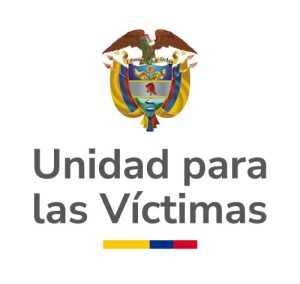Black community
Is the set of families with afro Colombian descent, having their own culture, a common history, traditions and practices which link the country with the people. Besides that, they are conscious of the identity that distinguish them from other ethnic groups (Article 2- Law 70/1993).
Afro Colombian population
Human groups located in all the national territory (urban and rural), having African roots and historical, ethnical and cultural descent, which are born in Colombia, with their racial, linguistic and folkloric diversity (et al, 2007: 4).
Raizal population
Is the native population of San Andres, Providencia and Santa Catalina Islands, born as a result of the union between European people (mainly English, Spanish and Dutch) and African slaves. They distinguish themselves by their culture, language (creole), religious beliefs (Baptist church) and historical past, similar to the Antillean people as in Jamaica and Haiti.
The Political Constitution of 1991 mentions this population in the article 310. Also, the Constitutional Court has done in its sentences C-530/1993 and C-454/1999.
Given their cultural specificity, the Raizal population has been recipient of policies, plans and socio-cultural programs, different from other black communities in the Colombian territory.
Palenque population
Refers to the afro Colombian population from the San Basilio Palenque (municipality of Mahates – Bolivar department). Even if there is evidence of the existence of other palenques, the San Basilio Palenque is the only one which persists at the moment and preserves a creole language resulting from the mixture of different African dialects.
Territory
It includes lands, water, flora, fauna and natural resources in general, which give material and vital livelihood to the communities living and interacting in it. When talking about black communities, it also includes the formal acknowledgement of their legal authority over the territory. In these territories, it is forbidden either to fumigate or to start energy, mining and infrastructure projects which can affect negatively the culture or identity of the ethnic groups.
The subsistance of the black communities depends on the effective execution of the collective rights over their territories, taking into account the close cultural connection with them.
The territory is known as the base of their culture, spiritual life, integrity and autonomous development. In the cases in which the community or some of their members have lost or could lose the access to the territory because of the armed conflict, which refers article 3° Decree 4635, the State should assure the joy of those rights, as long as the security conditions allow it.
The inalienable, inalienable and non attachable constitutional nature of the lands of the Communities orients the process of collective and individual restitution of said territories (Decree 4635 of 2011, Article 40) responds to Law 70 of 1993, which aims to recognize the communities Blacks that have been occupying uncultivated lands in the rural areas along the rivers of the Pacific Basin and developing traditional production practices, the right to collective property, in accordance with the provisions of the articles contained therein. It also aims to establish mechanisms for the protection of cultural identity and rights of Colombia’s black communities as an ethnic group, and promote their economic and social development, in order to ensure that these communities obtain real conditions of equality of opportunities compared to the rest of Colombian society.
According to the Colombian Political Constitution, this law will be applied also in “empty”, rural and coastal lands which have been occupied by black communities having traditional production practices in other areas of the country and fulfilling the requirements established by law.
Self-government
It is the legal person led by the Community Council, which acts as the maximum authority in the intern administration within the Black Communities Lands. The Community Council is formed by the General Assembly and the board of the Community Council (Article 3 -1745/2005 Decree.
The General Assembly is the maximum authority of the Community Council and its members are elected by the people, according to their own law and registered in the internal census. (Art. 4- Decree 1745/2005).
The Board of the Community Council is the authority in direction, coordination, execution and internal administration of the community, to execute functions given by the 70/1993 Law, its ruling decrees and others assigned buy their own system of law.
The members of the board are also part of the Community Council, elected and recognized by it. (Art. 7 –Decree 1745/2005).


